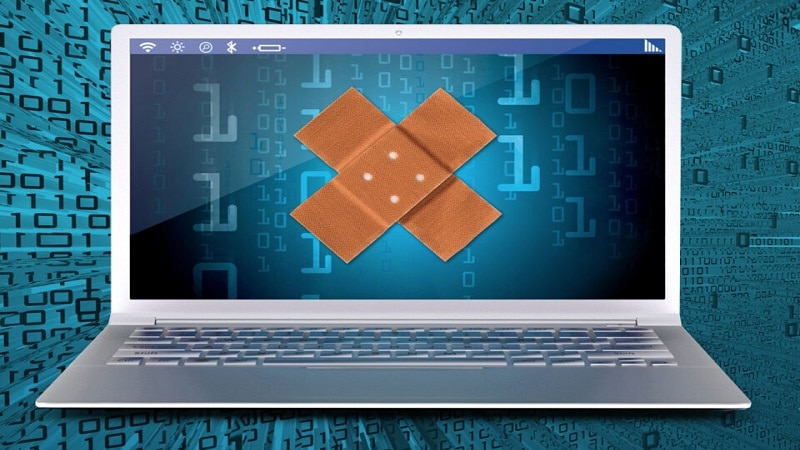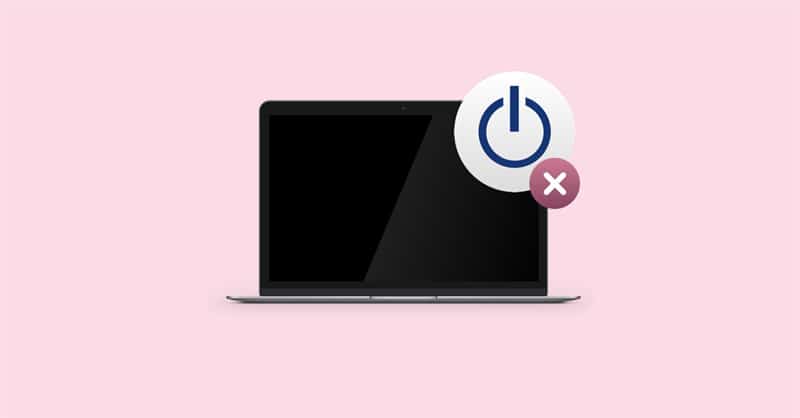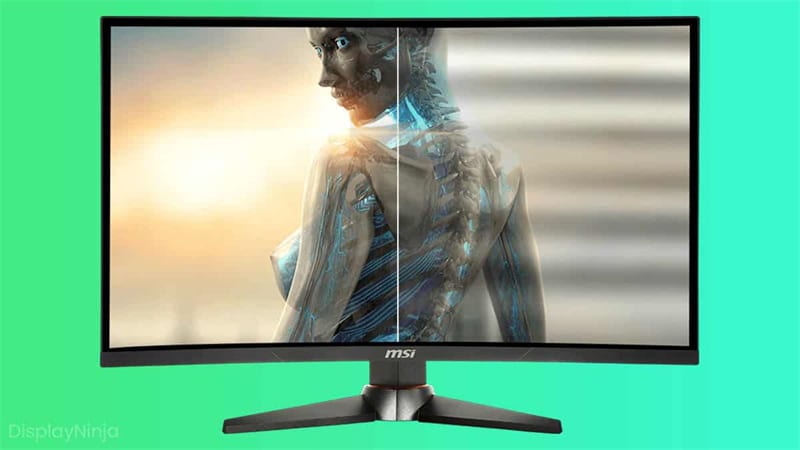
Welcome to our comprehensive guide on common laptop problems and how to fix them! We understand the frustration that comes with encountering issues with your trusty device. Whether you use your laptop for work, school, or entertainment, it can be incredibly frustrating when it suddenly refuses to turn on or starts acting up.
But fear not! In this blog post, we'll walk you through five of the most common laptop problems and provide you with practical solutions to get your device back in tip-top shape. From troubleshooting a laptop that won't turn on to fixing display issues like flickering screens and vertical stripes, we've got you covered.
So grab a cup of coffee (or tea) and let's dive into the wonderful world of laptop repair. By the end of this guide, you'll feel empowered to tackle any issue that may come your way – because who needs technical difficulties holding them back? Let's get started!
Laptop Won't Turn On

Picture this: you press the power button on your laptop, eagerly waiting for it to spring to life. But alas, nothing happens. Your heart sinks as you realize that your beloved device won't turn on. Before panic sets in, let's explore some possible solutions.
First things first, check if your laptop is properly plugged into a power source. It may seem obvious, but sometimes a loose or unplugged charger can be the culprit behind the issue. If it still won't turn on, try removing the battery and connecting the laptop directly to a power outlet.
Another common reason for a non-responsive laptop is a drained battery. If your battery has completely run out of juice, plug in your charger and give it some time to recharge before attempting to turn it on again.
In some cases, laptops freeze or become unresponsive due to software issues. Try performing a hard reset by holding down the power button for about 10 seconds until it shuts off completely. Try turning it back on after releasing the button.
Laptop Overheating
Is your laptop feeling hotter than a summer day in the Sahara? Don't fret, you're not alone. Many users experience laptop overheating. But fear not, for there are several simple solutions to help cool down your fiery friend.
First and foremost, let's talk about ventilation. One of the main culprits behind laptop overheating is poor airflow. Make sure that the vents on your laptop are clear of any dust or debris that may be obstructing them. A can of compressed air can work wonders in blasting away those pesky particles.
Next up, consider investing in a cooling pad or stand for your laptop. These nifty accessories provide extra airflow and help dissipate heat more efficiently. Plus, they often come with additional features like adjustable fan speeds and ergonomic designs for added comfort.
Another tip to keep in mind is to avoid using your laptop on soft surfaces like beds or couches as these can block the vents and trap heat within the device. Opt for a hard surface like a desk or table instead.
Lines or Vertical Stripes on the Screen
Lines or vertical stripes on the screen of your laptop can be a frustrating issue to deal with. Not only do they interfere with your viewing experience, but they also make it difficult to work or enjoy any kind of multimedia content. But fear not, because there are several possible solutions that you can try.
One common cause of this problem is a loose connection between the display panel and the motherboard. To fix this, you can try gently pressing on the sides of the screen while it's turned on to see if that resolves the issue. If that doesn't work, you may need to open up your laptop and reconnect the cables yourself or take it to a professional for Laptop repair near me.
Another possible culprit is outdated graphics drivers. It's important to keep these drivers up-to-date as they are responsible for rendering images on your screen. Visit the manufacturer's website and download the latest driver’s specific to your laptop model.
Flickering or Dim Display

One of the most frustrating problems that laptop users encounter is a flickering or dim display. This issue can make it difficult to work or enjoy multimedia content on your device. But fear not, as there are several possible solutions to this common problem.
First, check the brightness settings on your laptop. It's possible that the display is simply set to a low brightness level. Adjusting the brightness slider or pressing the function key combination for brightness control may instantly solve the issue.
If adjusting the brightness doesn't fix the problem, try updating your graphics driver. A faulty or outdated driver could be causing display issues. Visit your laptop manufacturer's website and download and install any available updates for your graphics card.
How to Prevent Common Laptop Problems
Taking proactive steps to prevent common laptop problems can save you time, money, and frustration in the long run. Here are some tips to help keep your laptop running smoothly:
- Keep it clean: Dust and debris can accumulate in your laptop's vents and fans, causing overheating. Regularly use compressed air to blow out any built-up dust.
- Use a cooling pad: If you frequently use your laptop for extended periods or on soft surfaces like beds or couches, invest in a cooling pad. These pads have built-in fans that help keep your laptop cool by increasing airflow.
- Avoid eating and drinking near your laptop: Accidents happen, but spills can cause irreversible damage to the internal components of your laptop. It’s best to keep food and drinks away from your device.
- Update software regularly: Keeping both your operating system and antivirus software up-to-date is crucial for maintaining optimal performance and protecting against security threats.
- Handle with care: Treat your laptop gently when carrying it around or closing/opening the lid. Rough handling can lead to damaged screens, hinges, or other hardware issues.
Conclusion
In this comprehensive guide, we have explored five common laptop problems and provided solutions to fix them. From troubleshooting a laptop that won't turn on to addressing issues of overheating, lines or vertical stripes on the screen, and flickering or dim display, we've covered it all. By following these tips and techniques, you can save yourself time and money by resolving these problems without having to take your laptop to a repair shop.
However, it's important to remember that prevention is always better than cure when it comes to laptop problems. Taking proactive measures such as keeping your laptop clean from dust and debris, using cooling pads or stands for ventilation, avoiding excessive multitasking or running resource-intensive programs can help prevent many common issues.










